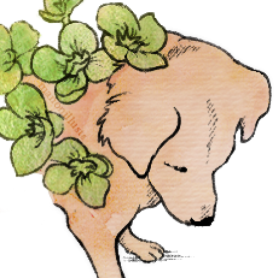The taste of herbal teas and infusions can be viewed as a pleasant (or unpleasant) part of the whole experience and with herbal teas, a pleasant taste is often all that is aimed for. Of course, you know there’s more to it than that!
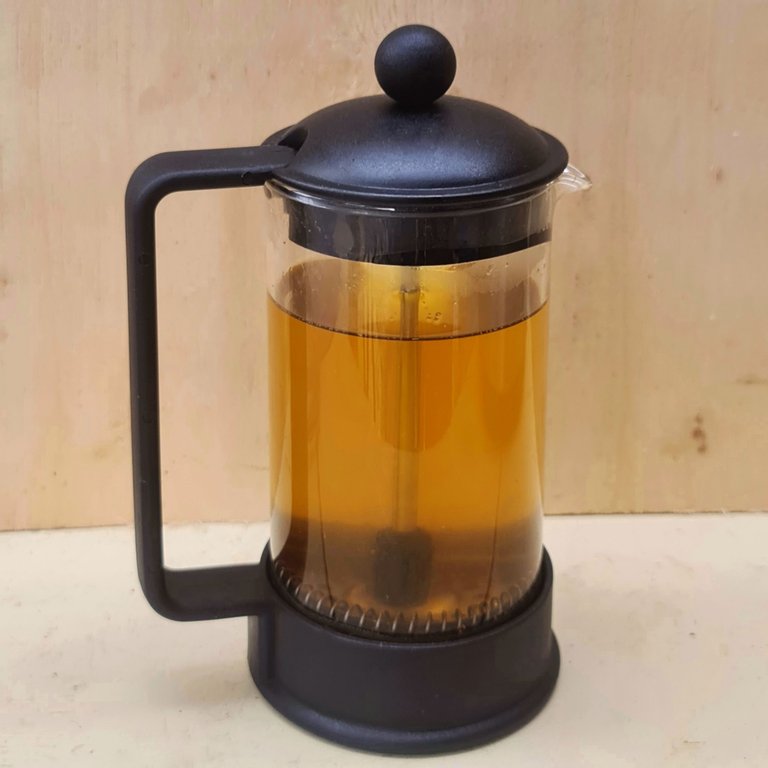
A taste sends a message to your central nervous system, telling it how to prepare the body to digest and metabolise what is coming down the line. Different tastes, then affect the body, especially digestion and metabolism in different ways. These changes have been observed by healers over millennia and they have grouped them together by their particular healing properties. All healing traditions that I’m aware of have categorised tastes and healing properties together. Chinese medicine for example categorizes food into 5 tastes and Ayurevada has 6.
Tasting tastes
Tastes are a little subjective. If you want to try tasting tastes for yourself, make yourself a strong cup of each of several herbs and see if you can pick the tastes and if you agree with what the herbals say. Most of the time you will – the herbs and their tastes have been correlated time and again over millennia. But sometimes you may disagree.
Rinse your mouth out and wait a little before tasting the next herb in your selection to give the taste time to clear from your palate – that’s why wine snobs swish water around their mouths when showing off at parties.
There’s usually two reasons that you might find the taste a bit different to what the books or other people experience. First, make sure you’ve not just cleaned your teeth before tasting – we’ve all eaten citrus after doing that…yuck…too much!
Second, If you’re a smoker, your sense of taste may be screwed up too. All that menthol and God knows what in the cancer sticks are there to make the fumes palatable without you coughing up your lungs. Naturally that may interfere with any subtleties in herbal tastes.
Reflex action
You might note that some herbs, when tasted and digested, can bring about a reaction in distant parts of the body, sometimes not even connected directly to the digestive tract. This is thought to be what is called a ‘reflex action’.
A reflex action is when a stimulus to one nerve or tissue brings about an effect in another, even a great distance away in the body. It is thought that this is because as we grow from cell to reader, some of our bodily parts, such as our formative mucosal membranes, are connected at different stages of development. The body never forgets this connection and later, when we are more developed, a stimulation to one tissue can bring about a reaction in another. So soothing one membrane can soothe them all, even in distant parts of the body, irritating the digestive tract can bring about the production of more healing mucus in the respiratory tract and so on.
The usual categories of taste are –
Sour
I started with this one because it’s my favourite! I’m a Yang Wood Dragon in Chinese astrology and we love our sour taste! Sour herbs are slightly astringent, stimulate digestion and cool the body. Often they’re antioxidant and anti inflammatory – think of all of those famous berries that are great for your health! Citrus of all kinds, Rose Hips, Rose petals, Hawthorn are all sour in taste. We have 2 receptors for sourness on our tongues and they work on a pH gradient, which makes sense when you think that sour foods are acidic. Sourness helps cool the body by moving fluids out of it. It contracts flaccid tissues and promotes digestion through improving liver function and enzyme secretion
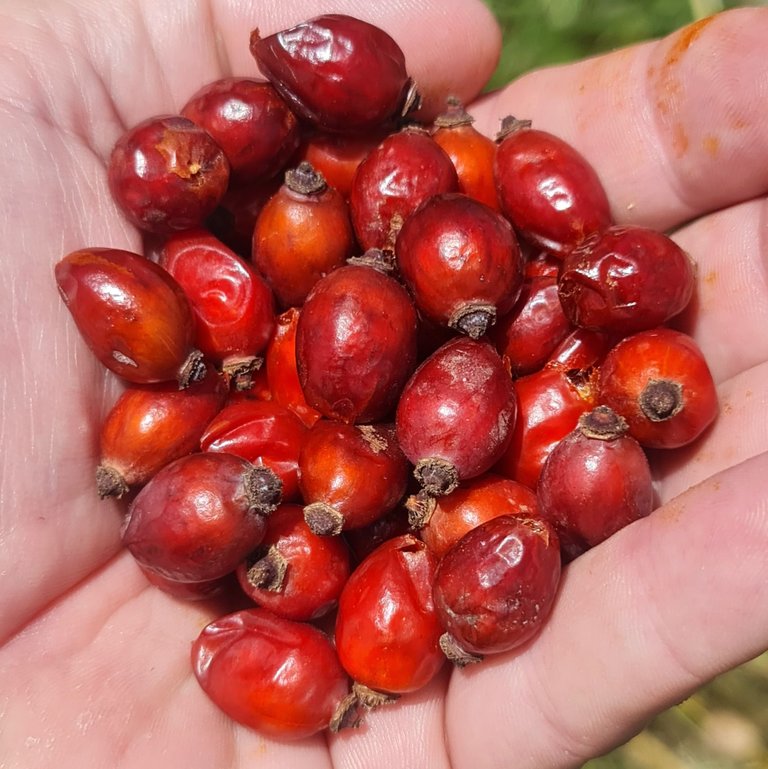
Sweet
Sweet herbs are moistening and soothing and building. They’re often tonic, in that they boost energy both in tissues and in the whole body. Sweet doesn’t always relate to a sugary taste though. In times of old, access to sugar and sweet things was limited to honey and some plants, so the term ‘sweet’ refers to more than sugar in the old books, something that’s carried on to the present. Of course, Stevia is sweet but Licorice, Ginseng, Vanilla, Oats, Nutmeg and Fennel are also sweet tasting when viewed through a herbal lens.
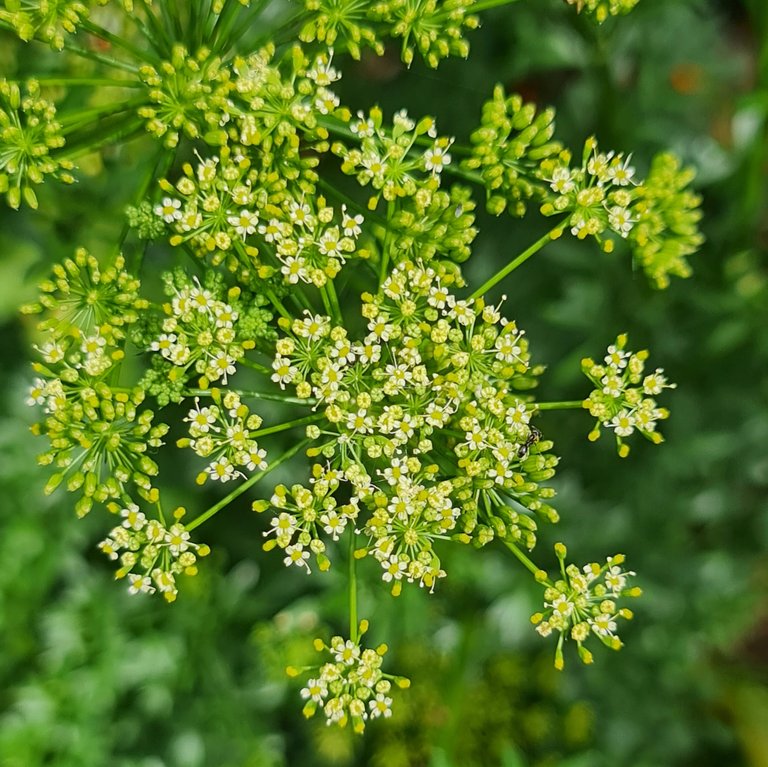
Salty
Salty can mean a little ‘earthy’ – think of Nettles, they’re sometimes listed as being sweet or salty. It is that wonderful taste that someone once said in one of my workshops ‘that’s what green tastes like’! Salt can bring moisture to a tissue or draw it away, so salty herbs can be amphoteric (they adjust to a normal level) for fluids. Nettles, Chickweed and, of course, Seaweeds are salty.
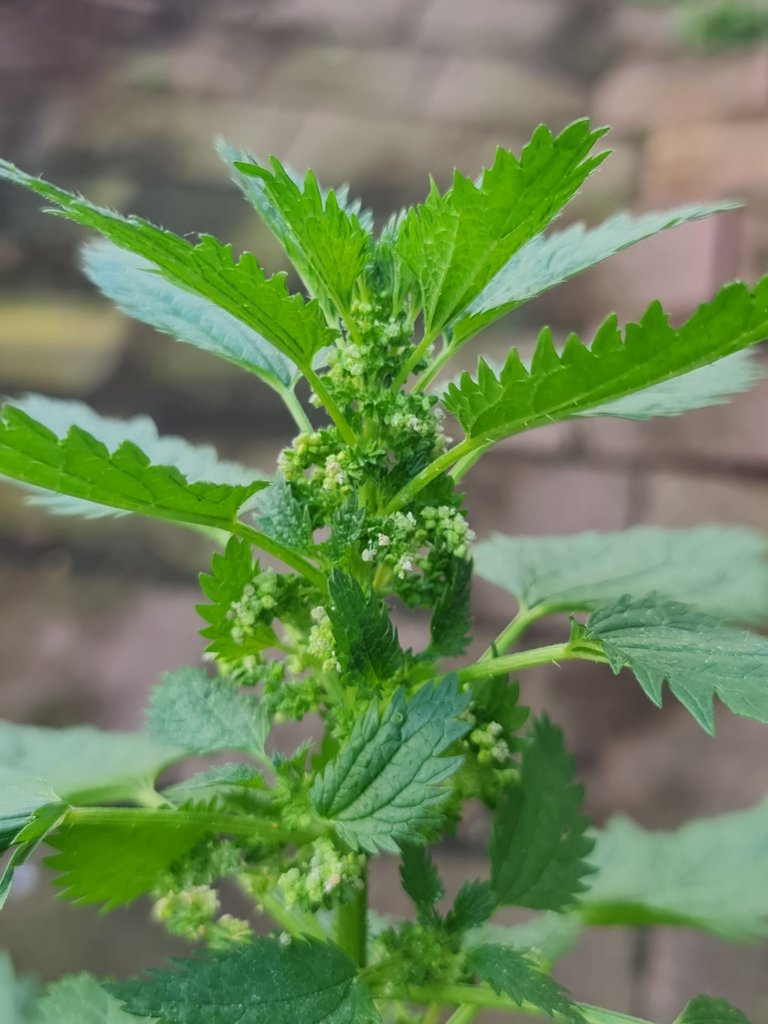
Pungent
Pungent herbs are known for their warming, dispersing quality. They are rich in volatile oils and can be very soothing to smooth muscle of the gut. Those qualities bring to mind Ginger, Cinnamon, Cardamom, Black Pepper, Horseradish and Cayenne – most are culinary herbs too! So that’s why we eat them! If you look at that very brief list, you will see something else they have in common – they make you sweat!
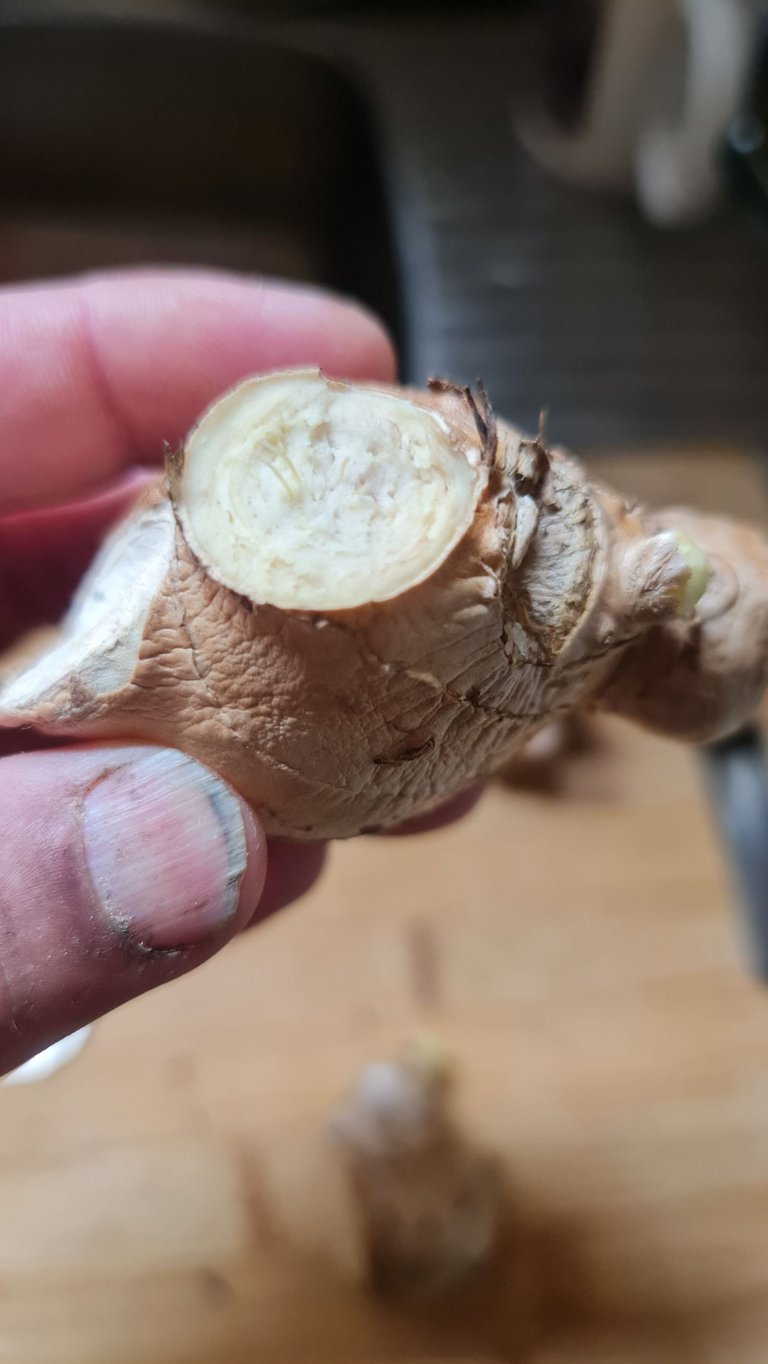
Spicy
Often put in a subcategory of pungent herbs, spicy herbs have bite! They stimulate and warm tissue and sometimes irritate it (Cayenne, Chili). They help to disperse and dry. While Pungent herbs are gently warming, spicy herbs bring their A-game. They stimulate blood flow, bringing blood to the tissues they contact, whether they are in the digestive tract, respiratory tract or skin. Chili, Cayenne, Paprika, Oregano and Marjoram ase spicy herbs. So are Shepherd’s Purse and Rosemary.
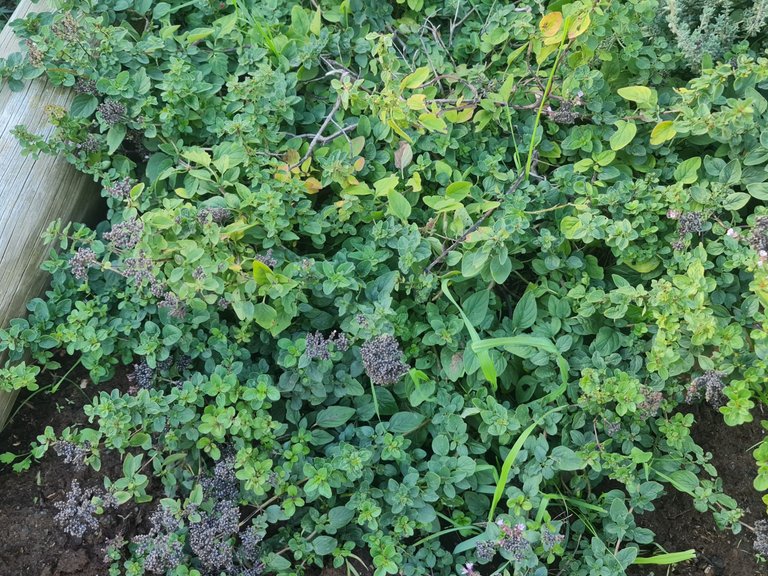
Bitter
Bitter is the Queen of tastes. It does more for the body than any other tastes. In his awesome book ‘The Wild Medicine Solution’, Masé points out that while we have 1 kind of taste receptor for sweet tastes, 2 for sour, we have 36 for a bitter taste! 36 different ways to taste bitterness or ways to taste 36 different kind of bitterness! That makes sense because, plants often produce bitter substances for their own protection and we have evolved with them for as long as we’ve been around!
Bitter tasting compounds energise us by stimulating digestion and metabolism (especially in the liver where they increase its activity and make it produce more bile) and also give a kick to our immune system and improve elimination. That kind of makes sense when you think that quite a few plant poisons have a bitter taste!
Bitter is cooling because it moves fluids out of the body but in a different way to sourness, giving us another options for improving our health. We say, as herbalists, that bitter substances move fluids and energy down and outwards.
When you think of bitter herbs, think of those thst are commonly used in detox therapies – Dandelion, Burdock, Prickly Lettuce and Yellow Dock are well known bitters but that category also includes Cumin, Dill and Fenugreek.
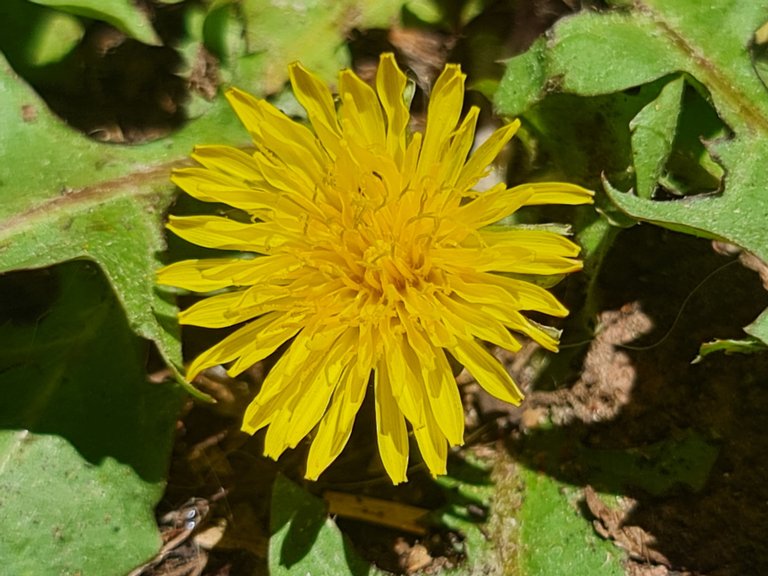
Can a herb have more than one taste?
Certainly! While many herbs tend to be heavy on one group of constituents, plants are complex beings with complex biochemistries and mixed tastes. In fact, its rare to get a herb with only one taste! Meadowsweet for example has a mix of tastes that could be said to be bitter and sweet, it also has an astringent effect on the mouth.
In fact, many naturally sweet herbs such as Stevia and Licorice and Violets have a slightly bitter aftertaste. That’s Nature’s way of telling us that she’s helping our body metabolise the sweet with a little extra stimulation for our liver. Calendula is spicy and bitter, highlighting its ability to move fluids and stimulate the liver.
Other categories used are –
Astringent
Astringent isn’t really a taste, it’s more an effect that a herb has on the linings of the mouth. It’s that drying, puckering effect that one gets from eating a green banana or drinking your black tea when you’ve forgotten to take the tea bag out for half an hour…
Astringent herbs tighten and tone membranes throughout the body, they are cooling and can be drying (or moistening but that’s a bit out of the range of this page) and reduce sweating. Astringent herbs are often sour, so Roses and Hawthorn are astringents. Many culinary herbs are listed as having astringent properties, including Basil, Turmeric,It’s easy to understand how they work on the digestive system but, like the sour taste, they act on a reflex action on membranes. As we grow from cell to reader, some of our bodily parts, such as our formative mucosal membranes, are connected at different stages of development. The body never forgets this connection and later, when we are more developed, a stimulation to one tissue can bring about a reaction in another. So soothing one membrane can soothe them all, even in distant parts of the body. Marjoram, Bay Leaves and so many more. Plantain is an astringent herb too.
Acrid
Acrid herbs are plain yucky taste! They irritate the taste buds and mucosa and often make your tongue, if not your whole mouth numb. Because of this, they are often used in pain relief as analgesics. Kava Kava is an acrid herb as are Black Cohosh and Lobelia.
Bland
Bland herbs are just that – kind of tasteless, though you can still get some other tastes sneaking in from the plant. Think of soothing, mucilage filled plants when thinking of this category – Mallow and Slippery Elm are definitely in this category. Think also of fluids, for bland tasting herbs are often diuretic in effect. This taste is soothing and acrid herb as are Black Cohosh and Lobelia.
I'm posting to share what I know of this topic so that, as the world gets crazier, folks will have other avenues of medical care, namely those of themselves and their community. If you look back over this blog, you can see heaps of info on the topic, plus loads and loads of posts on herbs and using Australian bushfoods from a white perspective. If you haven't been around on in the @hivegarden and @naturalmedicine communities for long, you may be interested in looking back. There's w-a-a-a-a-y too much there for me to repost and the Hive system doesn't let you vote on old posts so, if you're happy with what you find, I believe that there is now a tip option...
